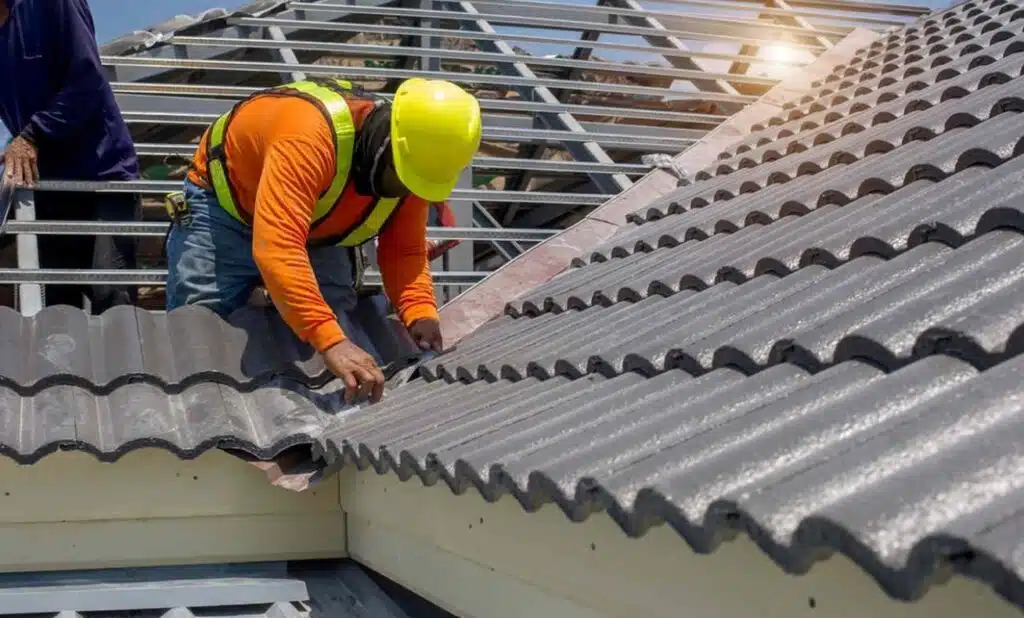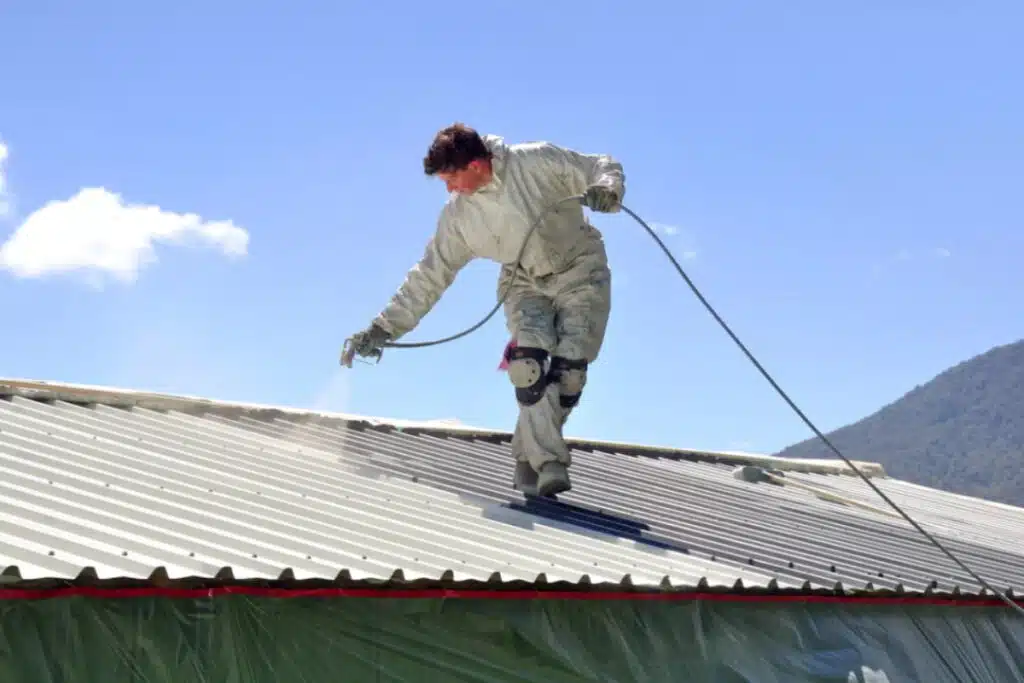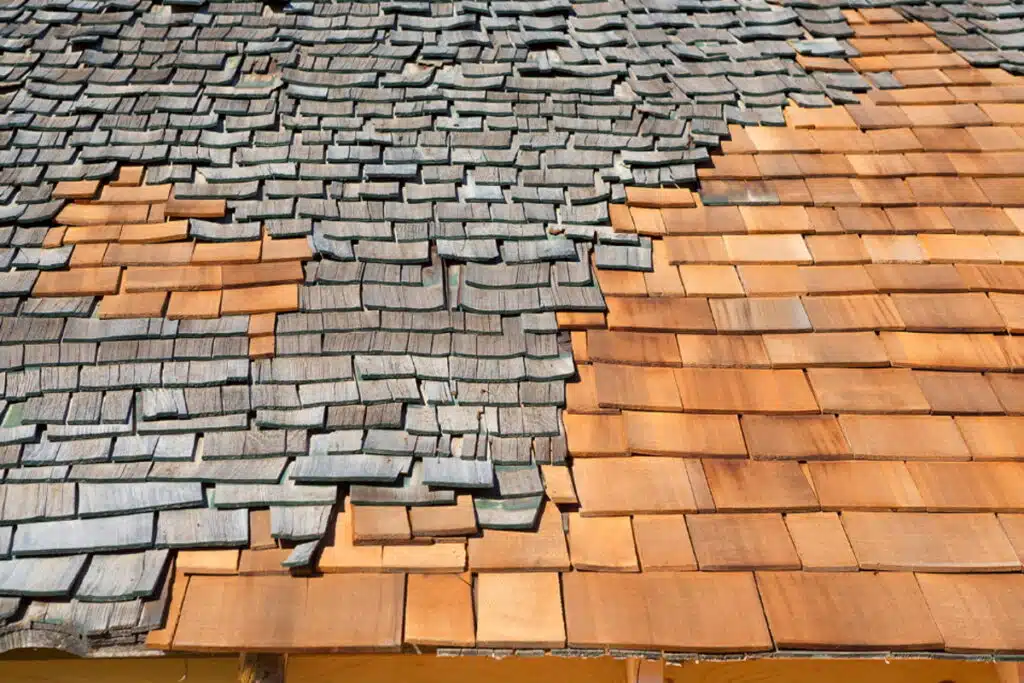As a homeowner, selecting the right roof style for your property is a crucial decision that can have a lasting impact on the functionality and appearance of your home. Rhino Roofing is dedicated to helping homeowners make educated decisions and simplify this process by providing comprehensive information on the various available roof options. This article will focus on the differences between flat and sloped roofs, the advantages and disadvantages each offers, and factors to consider when deciding which roofing style best suits your home.
Flat roofs and sloped roofs both have unique characteristics, performance capabilities, and aesthetic appeal, making them suitable for different types of buildings and homeowners’ preferences. By understanding the primary characteristics and benefits of each roof style, you will be better equipped to make an informed decision that aligns with your home’s design, functionality needs, and personal tastes.
Flat roofs, characterized by their minimal slope (usually no more than 10 degrees), can be a notably modern and cost-effective option. They can provide additional living or storage space on your roof, accommodate solar panels or green roofing systems, and are relatively easy to maintain. However, flat roofs can present some challenges, such as water pooling and reduced life span due to weather exposure.
On the other hand, sloped roofs, with their various pitches and designs, offer a more traditional appearance and improved drainage capabilities. They may have a longer lifespan and require less maintenance than flat roofs. However, depending on the materials and design complexity, sloped roofs may come with higher installation costs.
While both flat and sloped roofs have their merits, the choice ultimately depends on your specific requirements, budget, and aesthetic preferences. It is essential to consult with experienced roofing professionals such as Rhino Roofing to ensure the chosen roof style will meet both your practical needs and your vision for your home’s appearance.
Continue reading this article for a detailed comparison of flat and sloped roofs, factors to consider, and how to select the right roof for your home. Don’t forget, if you have any questions or concerns regarding roofing options, the team at Rhino Roofing is always here to help.
Flat Roof vs. Sloped Roof: Which One Is Right for Your Home?
Advantages of Flat Roofs
There are several unique benefits to choosing a flat roof for your home. Some notable advantages include:
1. Cost-Effectiveness: Flat roofs typically require fewer materials and resources to construct than sloped roofs, leading to lower installation costs. Additionally, flat roofs provide easy access for repairs and maintenance, potentially reducing long-term expenses.
2. Design Flexibility: With a flat roof, homeowners can utilize the rooftop space in various ways, such as installing solar panels, green roof systems, or converting the area into an outdoor living space. This added flexibility can significantly enhance your home’s functionality and value.
3. Modern Aesthetics: A flat roof provides a sleek, contemporary look that can complement the overall design of modern homes. If you favor minimalist architectural styles, a flat roof may be the perfect choice for your home.
Challenges of Flat Roofs
While flat roofs possess several benefits, they also come with specific challenges, including:
1. Drainage and Water Pooling: Flat roofs are more susceptible to water pooling and inadequate drainage compared to sloped roofs. This can lead to leakages, structural damage, and the potential growth of mold or mildew.
2. Lifespan: Due to their horizontal orientation, flat roofs tend to have shorter lifespans than sloped roofs, mainly because of increased exposure to UV rays, weather elements, and temperature fluctuations.
3. Snow Build-up: In regions with heavy snowfall, flat roofs may experience more significant snow accumulation, which can lead to increased weight and the potential for roof collapse if not cleared regularly.
Advantages of Sloped Roofs
Sloped roofs offer various benefits to homeowners, including:
1. Efficient Drainage: The inclined design of sloped roofs allows water and snow to drain more efficiently than their flat counterparts, limiting the chance of pooling issues or leaks.
2. Longevity and Durability: With proper care and maintenance, sloped roofs tend to have a longer lifespan than flat roofs. The angling of these roofs prevents excessive exposure to the elements, thereby reducing wear and tear.
3. Architectural Appeal: Sloped roofs add visual interest and dimension to a home’s façade, allowing for a wide range of attractive styles, such as gable, hip, or mansard roofs, which can be tailored to your personal architectural preferences.
Challenges of Sloped Roofs
Despite their many advantages, sloped roofs also come with specific drawbacks:
1. Higher Costs: Depending on the roof pitch, materials, and complexity, sloped roofs can potentially incur higher installation costs compared to flat roofs due to increased labor and materials required.
2. Difficult Access: Maintenance and repairs on sloped roofs can be challenging due to reduced accessibility. This may increase safety risks for homeowners or lead to higher repair costs if professional assistance is required.
3. Limited Rooftop Utilization: Unlike flat roofs, sloped roofs do not provide space for additional outdoor living areas, greenery, or solar installations.
Factors to Consider When Choosing a Roof Style
To identify the ideal roof style for your home, consider factors such as:
1. Climate: The roof’s ability to withstand local climate conditions plays a significant role in its performance. Sloped roofs may be better suited for areas with heavy rain or snow, while flat roofs can be ideal for dry, sunnier locations.
2. Functionality: Consider the opportunities for utilizing rooftop space provided by each option. A flat roof offers increased flexibility for various purposes, whereas a sloped roof primarily serves to provide shelter and slope for drainage.
3. Budget: Examine the initial installation and potential long-term maintenance costs for both roofing styles before making a decision. Evaluate which option aligns best with your financial priorities.
4. Aesthetics: Consider the visual impact of each roof style on your home’s overall design and choose one that complements your architecture and personal preferences.
Conclusion
Choosing between a flat roof and a sloped roof involves careful consideration of various factors such as climate, functionality, budget, and aesthetic preferences. By understanding the advantages and challenges of each roof type, you can make an informed decision that optimally suits your needs and aligns with your vision for your home.
Consulting with roofing professionals like Rhino Roofing can further support this decision-making process, providing expert advice and guidance based on your specific requirements.
Let the experienced Rhino Roofing team help you identify the ideal roofing solution for your home. Contact us today for a personalized consultation that ensures long-lasting satisfaction and a beautiful, functional, and durable roof for years to come.




